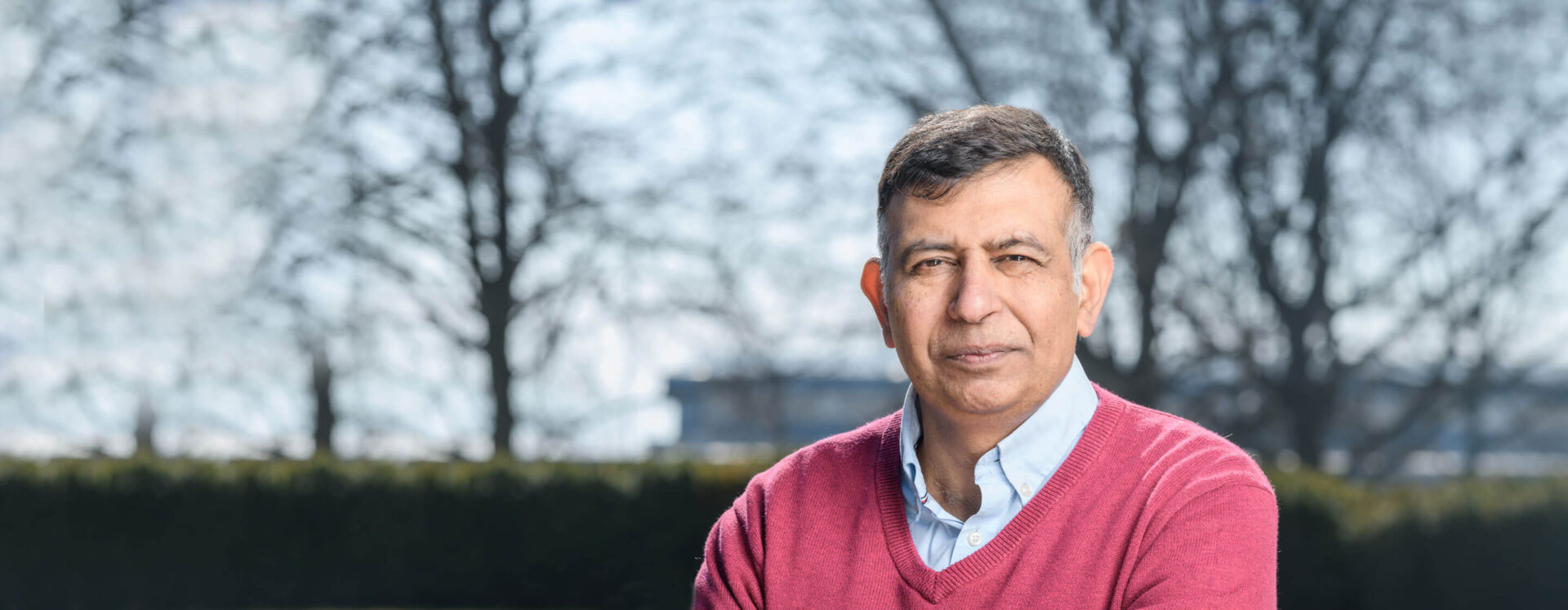
Handling the truths in Cyrus Mistry’s purloined letter
In his celebrated detective short story “The Purloined Letter” Edgar Allen Poe constructs an absorbing mystery out of a letter that has been hidden in plain sight. Corporate India has now been gripped by another purloined letter, leaked from former Tata Sons Chairman Cyrus Mistry’s email communication, criticizing Tata’s governance as well as Mr. Ratan Tata himself. The Board of Tata Sons needs to acknowledge and address three truths now revealed in that letter.
Is psychodynamics getting in the way of board business?
A question that comes to haunt to a fallen board comprising great luminaries is this: “How could they?” The answer to this question lies deep beneath, in the unconscious processes of individuals and, more importantly, groups. The psychodynamics of the two key individuals in the Tata Sons board is, as Sigmund Freud would have theorized, an Oedipus complex playing itself out: Mr. Ratan Tata’s child state can revel in the slaying of the authority figure of “Chairman”; Mr. Mistry’s child state, likewise, would have relished drafting the letter that would eventually tarnish the halo of the “father figure” of India Inc. Reciprocal patricide, and complicity of board members in this fatal act, is an essential element of this drama. Beyond individuals then, what of the psychodynamics of this board as a group? Here, the theories of Wilfred Bion of the Tavistock Institute hold the key. Bion theorized that when a group stops attending to the rational task at hand (as evidenced in the neglect of director duties), it oscillates among three “basic assumptions”. First, dependence on a leader-like figure. In the days before Mr. Mistry became Chairman, the group unconscious of the board would have looked to continue depending on Mr. Tata as the authority. Second, dependence on a pair to “save” the group. In the early days of Mr. Mistry’s chairmanship, the residual goodwill between himself and Mr. Tata would have encouraged the group unconscious that this pair boded well for the board. Third, fight or flight. The group unconscious either mobilizes to fight a real or imagined foe, or flees from the conflict with the foe. This basic assumption must surely have taken hold of the unconscious of each individual on the board at this stage: to stay and get involved in the conflict among two powerful individuals in their midst, or to flee psychologically?
Is the board engineering the right conversation?
In my work with Chairmen and Chief Executives, I find that they highly prize their ability to make decisions. Good enough, but that’s missing the forest for the trees. Great decisions come out of excellent sensemaking of situations. Boards are told to value diversity because the sensemaking that results from pluralism is richer. Sensemaking, in turn, is a function of how well dialogue is nurtured on a board. The philosopher John Austin noted that as human beings, our supreme accomplishment is “how we do things with words”. No truer word can be said of a board. Much of board work that is significant and impactful is “talk.” The difference between an excellent board and a terrible one is down to how well the directors allow themselves to do the talking. In his study of conflict that arises in individuals engaging with deteriorating organizations, A. O. Hirschman noted that the two stark choices in such a situation are “voice” and “exit”. Evidence suggests that Mr. Mistry had much to say about the deterioration at Tata Sons, but in this role as Chairman, it is clear that either he did not find voice or an audience willing to hear him out. He stumbled upon voice when he was forced to exit his role. This speaks volumes about the quality of talk on the Tata Sons board. Going forward, then, will the Chairman be able to engineer the type of talk that needs to take place to ensure good governance?
Are directors attending to their duties?
Across various governance codes across the globe, directors owe their company three types of duties. First, duty of care. Directors should bring to bear their knowledge, skills, experience, and good judgment in the deliberations of the board. The long litany of complaints aired by Mr. Mistry – from bad investments by Tata Power, to a fire sale of assets by IHCL, and the contentious partnership with DoCoMo – suggests that the agenda of the Tata Sons board meetings ducked those tough discussions. Second, duty of compliance to the laws of the land. The serious allegations in Mr. Mistry’s letter of possible corruption at Air Asia and in the advancement of questionable soft loans brings legal compliance into question. Third, duty of loyalty. Directors must avoid self-dealing. Mr. Mistry alleges that directors looked the other way in at least one instance of self-dealing by Mr. Ratan Tata relating to the continuation of the Nano project. Are the directors of Tata Sons willing to evaluate and self-reflect on how well they are carrying out their duties of care, obedience, and loyalty? India’s national motto “Satyamave Jayate” promises us that “truth will triumph”. With the purloining of Mr. Mistry’s letter, the truth is out there. But is the board of Tata Sons big enough to handle the truth?
Anand Narasimhan is Shell Professor of Global Leadership at IMD (Lausanne & Singapore). He researches top team dynamics and teaches on IMD’s High Performance Boards program.
Research Information & Knowledge Hub for additional information on IMD publications
The case study introduces an original way of exploring the many questions and concerns around AI adoption in business. Based on a true story, it discusses the dilemma of AI implementation through Joe, the CIO of ParcelFlow. Joe is getting ready to...
This Technical Note introduces a new conceptual framework for understanding and developing leadership presence, moving beyond traditional static trait-based approaches. The Leadership Presence Pathway Model presents a dynamic, six-stage process th...
The Handtmann case examines the co-CEO leadership model in the context of family business. Based on interviews with three key executives – the co-CEOs and the president of the advisory board – the case focuses on how Handtmann handled the leadersh...
This case study explores AstraPay’s journey to become a significant player, despite its latecomer status, in Indonesia’s burgeoning digital payments landscape. Launched in 2018, AstraPay had grown to serve over one million customers, but it faced ...
In an era where the human elements of leadership matter more than ever, mastering your “vocal presence” isn’t just an enhancement to executive capability—it’s an essential dimension of how you inspire, connect with, and mobilize others toward shar...
Research Information & Knowledge Hub for additional information on IMD publications
Research Information & Knowledge Hub for additional information on IMD publications
Research Information & Knowledge Hub for additional information on IMD publications
Research Information & Knowledge Hub for additional information on IMD publications
Research Information & Knowledge Hub for additional information on IMD publications
Research Information & Knowledge Hub for additional information on IMD publications
Research Information & Knowledge Hub for additional information on IMD publications
Case reference: IMD-2650 ©2025
Research Information & Knowledge Hub for additional information on IMD publications
Research Information & Knowledge Hub for additional information on IMD publications
Research Information & Knowledge Hub for additional information on IMD publications






